Such a topic as the cost of oil production in Russia, by definition, is relevant for all residents of the CIS. After all, the state of the Russian economy largely depends on the prices of these raw materials. For this reason, it will not be superfluous to study in more detail the process of pricing a given product and its impact on various economic processes within the country.
Cost components
In order to be able to determine the cost of oil production in Russia per barrel, you need to identify all the costs that the company has in the process of extracting this raw material, as well as its delivery.
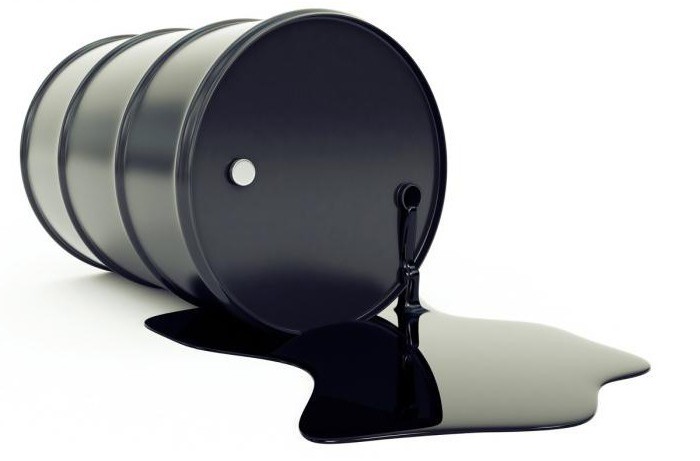
If you try to determine all the factors that influence the price tag of black gold, then you get the following list:
- Costs associated with the search for oil fields and their subsequent development. This line of expenditure, although imperceptible, is growing steadily and has an impact on the cost of oil in a particular region. So the price can fluctuate within a few tens of dollars.
- Costs associated with the production and subsequent payment of taxes. This refers to the inevitable need to purchase new equipment to maintain production at the required level, as well as to periodically update the material and technical base. Taxes, of course, also take a tangible part of the funds. Therefore, determining the cost of production of 1 barrel of oil in Russia, these factors must be taken into account without fail.
- Conclusion of equipment and oil platform. It makes sense to talk about such costs when it comes to offshore deposits.
- Oil transportation. This category of costs largely depends on the chosen method of delivery and distance to the end user.
Also, do not forget about the mining conditions that affect the value formation process:
- remoteness of the field from sea routes and the delivery point;
- climatic conditions in the area where mining is performed;
- equipment reliability, its technological level and overall quality;
- depth of deposits of such a valuable resource.
It is easy to see that the price of black gold consists of many components.
The situation in Russia
If we consider the cost of oil production in the Russian Federation, then it is worth noting that this figure has increased significantly recently. This happened for the reason that production is currently being carried out in remote fields. This leads to the need to build pipelines. In addition, do not forget about the rather harsh northern climate and equipment with a long service life.
In general, if we add up all the items of expenditure, then the real cost of oil production in Russia will be approximately $ 16 per barrel. This is less than many indicators that can be found on the world market, but higher than, say, in Iraq.
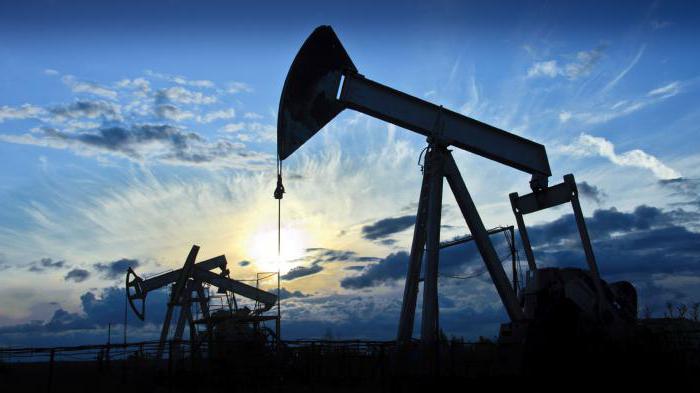
At the same time, according to some experts, if you optimize the production process, you can reduce the price to a more acceptable level. With such indicators, the Russian oil industry has a chance of a successful future.
More detailed calculations
For a clear understanding of the general pricing scheme, it makes sense to consider an example of cost allocation, in which the entire revenue received by Rosneft will be 100%.
So, if we take all the total revenue that is at the disposal of the company, then approximately 52% of these funds will be spent on excise taxes, customs duties and mineral extraction tax.
Another 10% is spent on tasks such as exploring new fields, without which stable oil production is not possible, installing equipment, administering all elements of Rosneft’s structure, ensuring security and, of course, finding clients with the subsequent conclusion of relevant contracts.
The expenses that form the cost of oil production in Russia do not end there. Approximately 8.4% of the funds received go to delivery, which involves the transportation of the product to various regions outside the country. As for depreciation and amortization of all available assets, they require 7.6% of the total funds. In this case, we are talking about the costs associated with drilling rigs, oil pipelines, structures, buildings, equipment, machinery, etc.
Do not forget about such a fact as the purchase of Rosneft raw materials from other companies with subsequent costs of services related to the refining process. Here another 8.6% of the funds received is lost.
As a result, the oil company can count on 13.5% of operating profit. Thus, it can be argued that, taking into account the fact of deterioration of certain funds and their subsequent depreciation, the company spends 17-18% of its profit. Here is an attempt to determine the cost of oil production in Russia per barrel.
Optimization process
If we talk about the topic of cost reduction, it is worth noting that this goal is achievable, and with a competent approach there is a real prospect of reducing costs to the level of 10-12%.

This, of course, will have the most direct impact on the cost of oil production in Russia.
The good news is that the fact of optimization does not actually reduce the level of security and performance. Significant cost savings can be achieved in various ways:
- launch of equipment that was not previously used;
- increased depreciation of equipment;
- lower salaries for employees;
- savings on investment;
- staff optimization, etc.
As you can see, the cost of oil production in Russia can be reduced with the appropriate initiative of key individuals.
Transportation costs
It is also worth paying attention to this information, since such a cost item for the Russian Federation is one of the key. The bottom line is that oil products and oil itself have become an opportunity for Russia to raise economic indicators.
In fact, an acute shortage of funds in the country was defeated at one time by the development of an export-oriented policy. And now, sales outside the country account for more than 20% of Russian GDP.
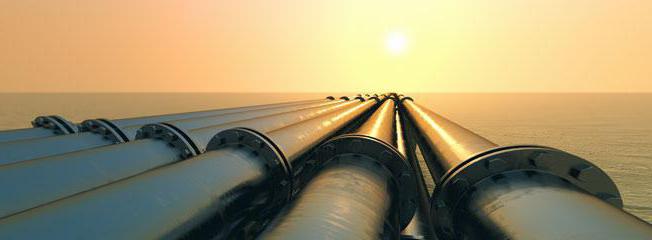
The fact that the cost of oil production in Russia per barrel will be stably fixed is important for the reason that more than 40% of the total volume of this resource is exported. In the case of petroleum products, this figure exceeds 34%. In this regard, there is a need to develop the most economical routes for the movement of oil, which will affect the tariffs associated with the transfer and transshipment of this product.
The impact of market processes on the profitability of enterprises
Continuing to pay attention to the fact how much the cost of oil production in Russia costs, it is worth realizing how important this indicator is in the current market for raw materials.
The bottom line is that, having a price of $ 16 per barrel with a constant decrease in the cost of this non-renewable resource in the international space, it is becoming increasingly difficult for Russian mining and processing companies to remain profitable. Of course, such changes have a negative impact on the Russian economy as a whole.
At the same time, Rosneft’s management is inclined to believe that the company will continue to operate at a minimum price level. Understanding how much the cost of oil production in Russia is and what are the prospects for this industry against the backdrop of a rapid drop in prices, one needs to remember the following fact: Rosneft has a significant amount of cheap and mothballed fields in Eastern Siberia. In other words, there is a certain reserve that will allow you to survive crisis times, but provided that they do not last too long.
In any case, with a significant drop in value, the loss of jobs in companies associated with oil production will be inevitable.In addition, some investment projects will have to be abandoned.
If the situation requires it, the company will be able to switch to using only the East Siberian fields, which are capable of producing 55 million tons of oil per year. As for transportation, the Eastern Siberia - Pacific Ocean oil pipeline will perfectly fulfill this task. As you can see, alternative solutions to stabilize the situation are present.
But the country's budget will not receive a tangible share of the funds. This fact will be more than painful, since financial revenues from the oil and gas sector account for half of all budget resources.
More on optimization
Touching upon such topics as the cost of production and transportation of oil in Russia, it is necessary to consider the available tools to reduce the costs associated with the production of this raw material product.
If we take Rosneft as an example, we can say that the internal costs associated with the business structure, depreciation and amortization of fixed assets will be approximately 17.5% of the proceeds. This includes tangible bonuses for representatives of the management team, a waste of finance on investment projects and a relatively high salary for employees. Do not forget about such external costs as the transportation of oil and gas, combined with the purchase of raw materials and payment for processing services, which take another 17% of all funds.
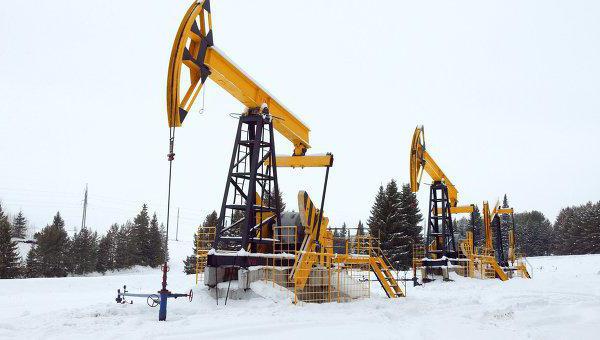
With such items of expenditure, however, there are many opportunities for effective optimization of the work process, which can lead to a reduction in the cost of oil production and allow the company to survive difficult times, and the state to get more money to the budget.
A new approach to domestic activities and depreciation
First of all, it is worth paying attention to internal costs, which, with bold changes in the process, can be reduced to 11.6%. At the same time, a significant loss of efficiency in the company's work will not occur.
The next step is staff optimization. We are talking about reducing those jobs that are duplicated, lowering bonuses and salaries by 11-15% and increasing labor productivity. As for depreciation of equipment, its term can be increased by 20-30%. Pay attention will have to unused equipment and those resources that have not been optimized. Their use can significantly reduce existing costs. It is also worth making efforts to increase the level of return on existing tangible assets.
Regarding investment projects, it is worth noting that spending on them during the crisis will not be practical.
Public policy
In the process of finding an answer to the question “what is the cost of oil production in Russia”, it is worth evaluating the general accents that exist in the country. After all, it is they who determine the degree of influence of the oil industry on the state of the economy.
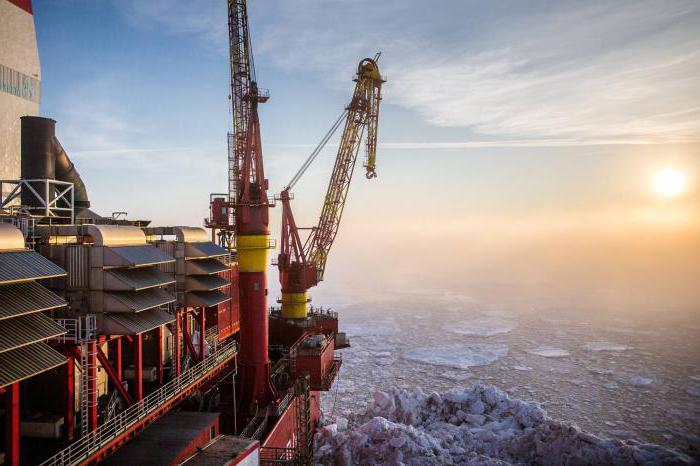
Initially, you need to pay attention to the fact that the popularity of gas and oil on the world market in the early 90s created the appearance that such a business in Russia will always flourish and that it will not be afraid of any adversity.
Such conclusions led to the decision to orient the economy of the country towards export, and such a development course was taken at the state level. But such a strategy has not proven itself in the long run. The fact is that oil prices in the international market have dropped significantly, which forced Russia to change price tags as well. As a result, the budget did not receive a significant amount, the receipt of which was originally planned.
It is obvious that the disadvantages of a hypertrophied export-oriented market model are much greater than the advantages. But for many years, the emphasis has been placed on her.
Another tangible disadvantage of such a development scheme is the excessively high growth in oil exports, which caused damage to domestic consumption.As a result, the country's energy security has significantly deteriorated.
Based on this information, an obvious conclusion can be drawn: that model of the economy, which is based on the export of raw materials, will periodically experience tangible crises. In addition, industrial infringement within the country will be inevitable. Such an attitude to various sectors of industry will lead to a blockage of industrial and technological progress.
This, in turn, means that in order to successfully position Russia in the global market space, it is necessary to change the emphasis and stop putting raw material exports at the base of its financial development. Otherwise, there is every reason to expect a weakening of the economic, energy and even political security of the state.
Summary
Having figured out what the cost of oil production in Russia is, and paying attention to the impact of the raw materials industry on the country's economy, it can be argued that at current prices there are enough opportunities for stabilization, but only under the condition of competent actions.
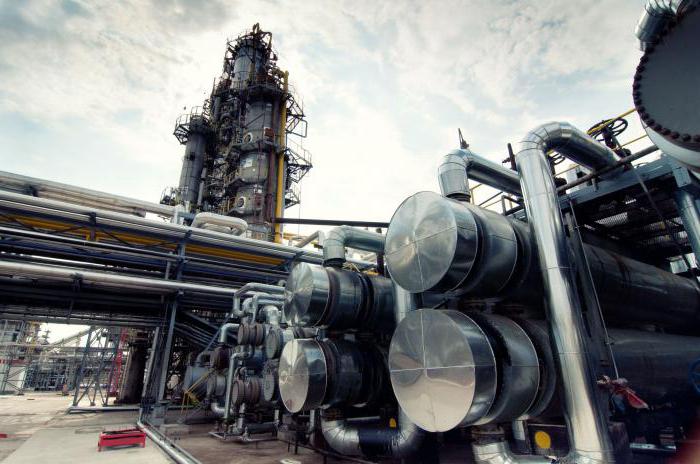
Naturally, one will have to abandon previous ambitions regarding the level of profit. But, besides this, the need to change the economic model remains obvious, without which stable and dynamic development will be a very difficult task.








